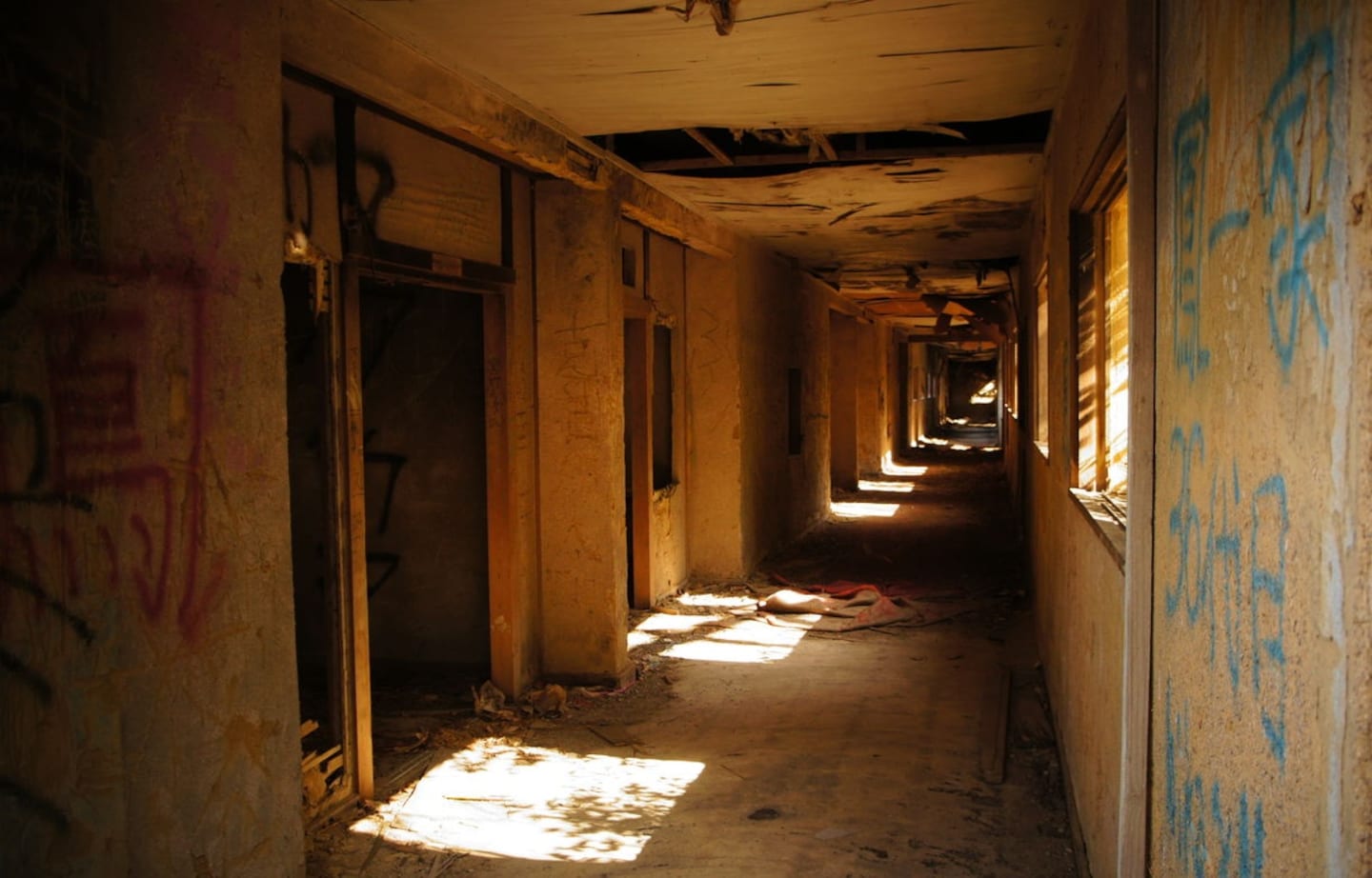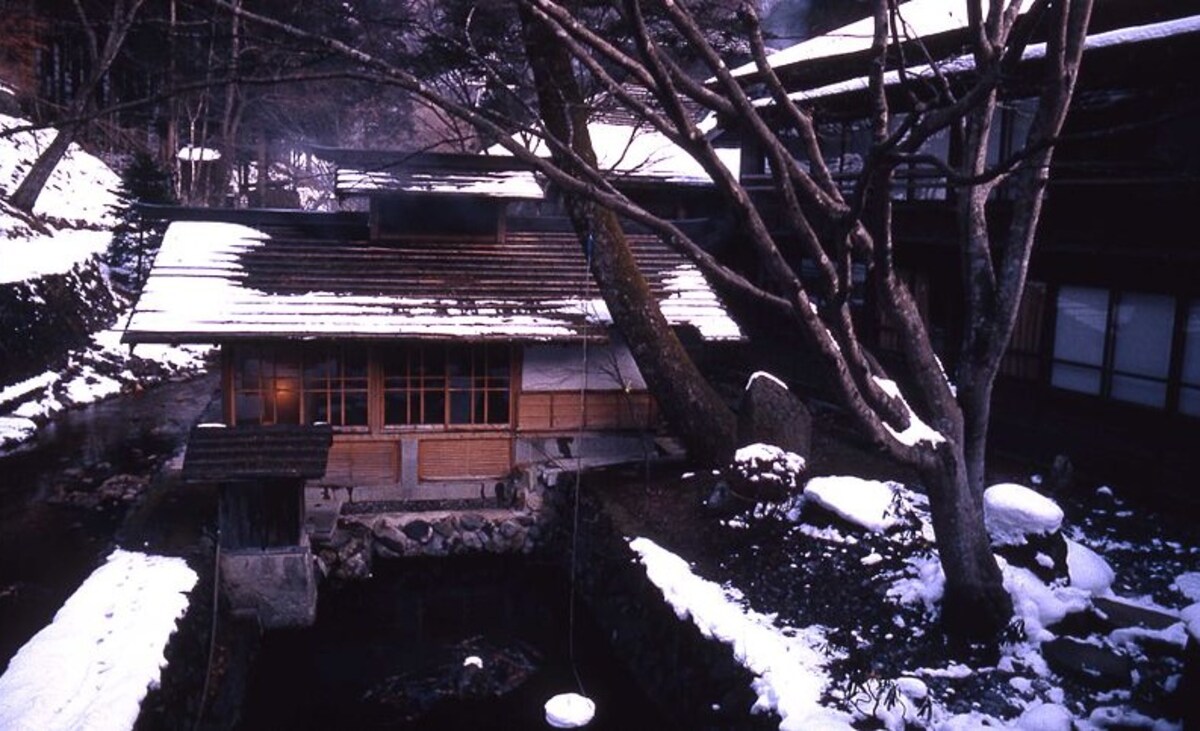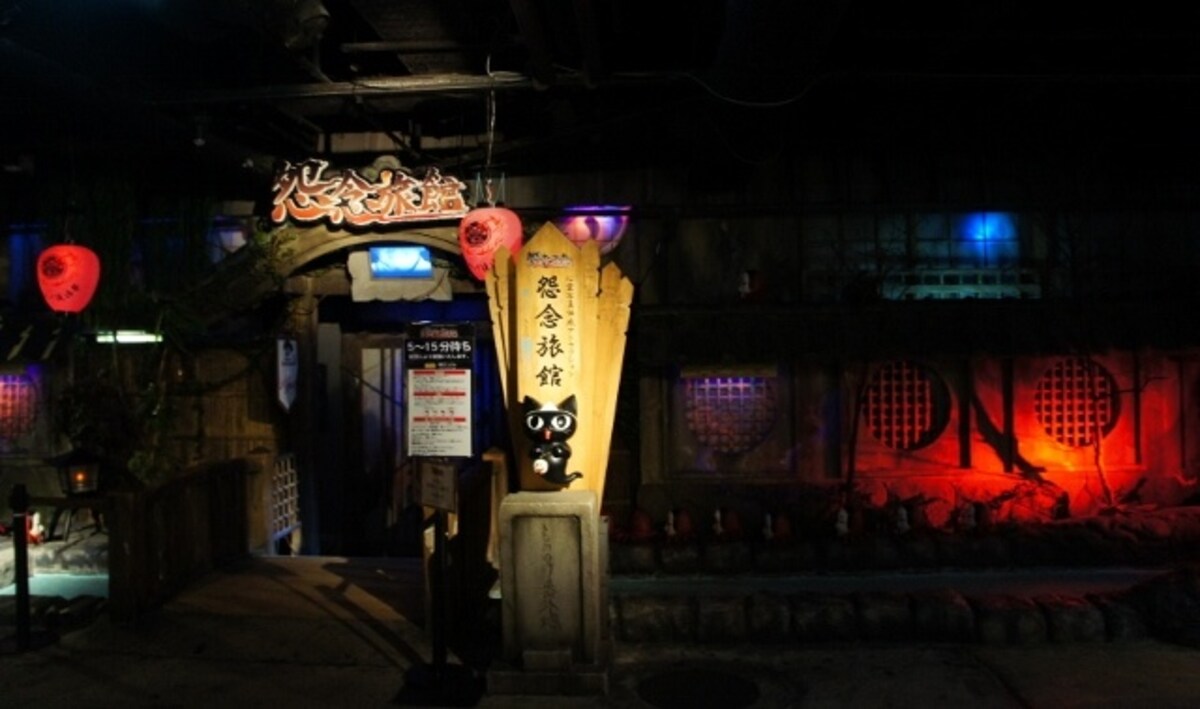4 Very Creepy Ryokan
Traditional ryokan inns are scattered all around Japan and have become more and more accessible to foreign travelers. But, only a few of them seem to be comfortable enough for ghosts. Read on for a list of both active and dismantled ryokan that have been connected to the spirit world... and a bonus entry for those weak of heart!
By Diletta Fabiani4. Hototogizu Ryokan (Hannan City, Osaka)
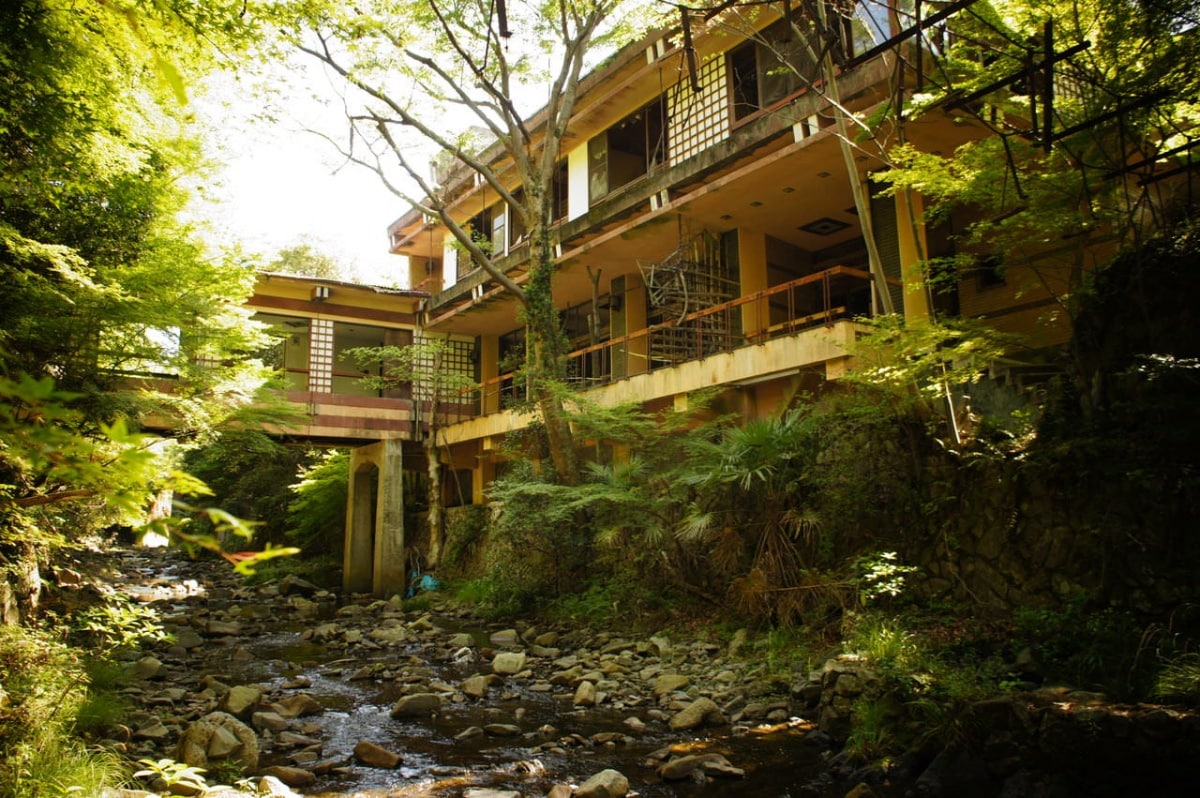
http://manuke.jp/osaka-spot/
For some reason, Osaka seems to be a very good place for haunted ruins, and Hototogizu Ryokan is another example of a supposedly haunted relic. The area around Yamanakadani Station used to be bustling with business activities related to hot springs, but all of them have closed by now. The Hototogizu Ryokan (officially: Yamanakadani Onsen Hototogizu) spanned across four buildings, all of which are dangerously collapsing. The rumors say that a woman with a white dress has been seen wandering around the premises, and that a homeless person was found dead inside.
3. Ichiryu Ryokan Inn (Kaizuka City, Osaka)
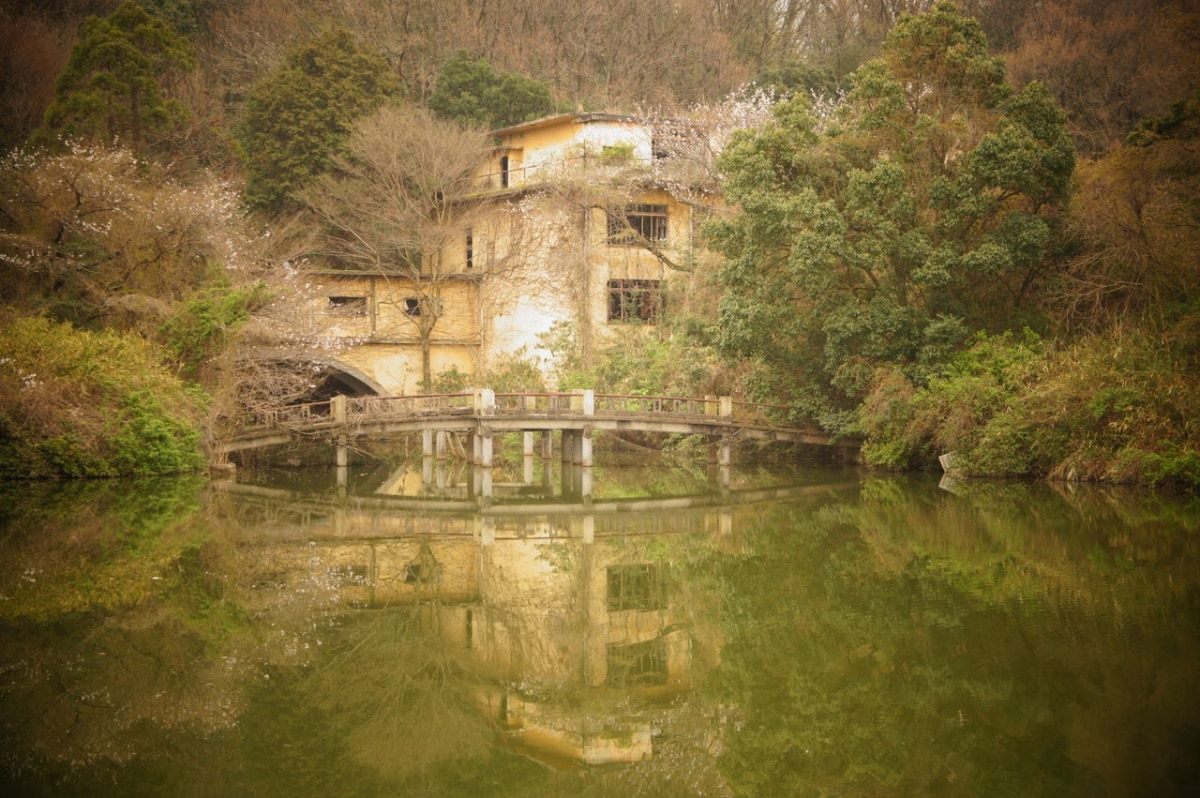
http://matome.naver.jp/odai/2140169808825856201
We're cheating a bit here since you can't really stay in this ryokan, which has been in ruins for the last 30 years. No one knows why it hasn't been dismantled yet, but there are surely rumors of a haunting—the widespread version is that the landlady killed herself with poison and has been wandering the inn ever since. Sometimes, she can be spotted on the second floor looking through the windows, or she can be heard crying in the corridors.
2. Hoshi Ryokan (Komatsu City, Ishikawa)
Hoshi Ryokan is one of the oldest running hotels in the world, and the same Japanese family has been working there for the last 46 generations (or, around 1,300 years!). Hoshi meaning Buddhist priest, is the name of the family. The ryokan can accommodate around 400 guests and offers rooms in four buildings, with different prices and features—including a hot spring. Room prices start from ¥16,000 (US$150.61).
While we couldn't find any recent stories of ghostly happenings, the creation of the inn itself is connected to the spirit world. In 717, a Buddhist monk called Taicho Daishi spent one night at the nearby Hakusan mountain and was visited in his dreams by a mountain god. The god told him that he would find a miraculous spring with healing waters in the village of Awazu, and that he should turn that into a healing place for everyone. The next day, the monk followed the deity's instructions and, with the help of the villagers, he unearthed the spring. The following year, Taicho Daishi entrusted his disciple Garyo Hoshi with the hot spring and built an inn to host those coming to bathe in its miraculous water—the rest is history.
1. Ryokufuso (Ninohe City, Iwate)
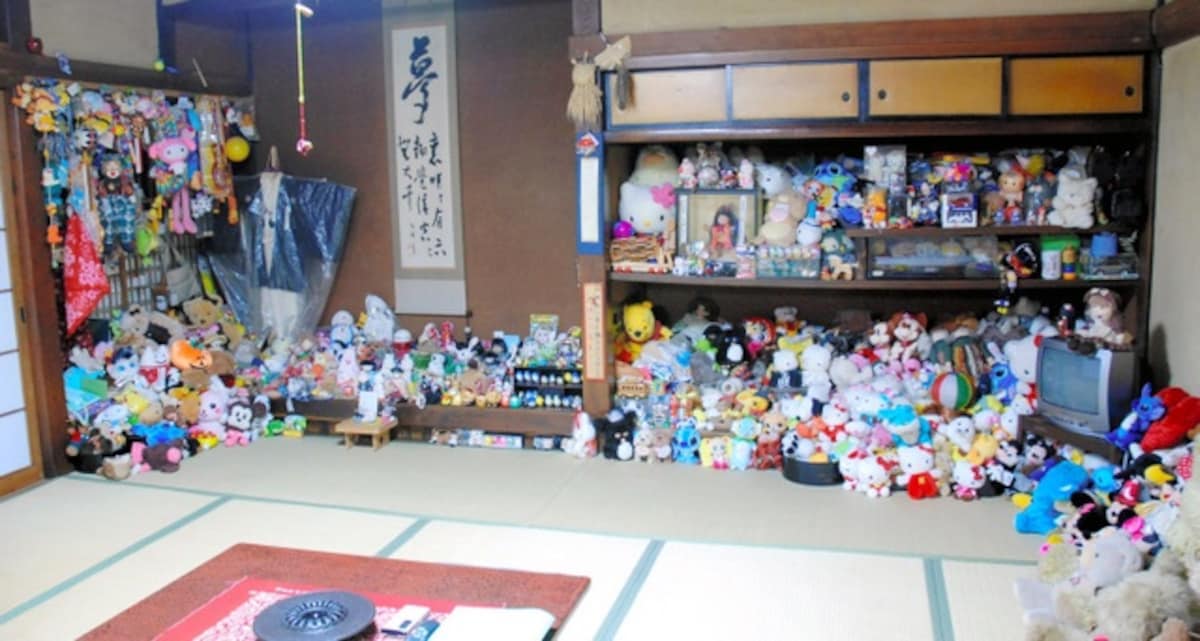
http://www.asahi.com/topics/word/%E9%87%91%E7%94%B0%E4%B8%80.html
Ryokufuso was probably the most famous haunted ryokan of Japan, thanks to the benevolent ghost inhabiting its rooms. The spirit in Ryokufukuso was a zashiki warashi. This kind of yokai (spirit), typical of the Iwate region, tends to live in guest rooms (zashiki) of traditional northern-style farmhouses, taking the form of a child (warashi). Unlike other mischievous yokai companions, it's said to bring good luck to the home and to whoever sees it.
The spirit, Kamemaro, was the eldest son of Fujiwara no Fujifusa (c.1295 - 1380). He resided in an inner room called ”Enju no Ma” and died of illness at the age of six around 650 years ago, pledging to protect the family forever. At night, he'd appear to guests in the form of a young boy with a bob cut and a kimono and lie on their stomachs. Other times, he'd just produce sounds, such as birds singing or drums being played.
Over time, the room itself was decorated with hundreds of toys and dolls, offered as tokens of gratitude by people who had met fortune after staying at the inn. The room was so highly requested that Ryokufuso only opened booking on specific days, and reservations for the Enju no Ma filled up for the next three years.
Why are we using the past tense? Unfortunately, in 2009 a fire spread from the boiler room of Ryokufuso. While all the residents safely escaped, the place was burned to ashes. The fire was so large that it could be seen from two kilometers away. The only part of the ryokan to escape destruction was the backyard shrine, dedicated to Kamemaro (pictured above).
Though the ryokan reopened in May 2016, the present owners hope that the benevolent spirit (whose sightings have been reported in various houses in the neighborhood in the meantime) will soon come back to his original home.
Bonus: Onnen Ryokan at Namja Town (Ikebukuro, Tokyo)
If you're too scared to enter a supposedly haunted ryokan, you can enjoy a similar experience in a safe environment with the Onnen Ryokan (Haunted Inn) attraction at Namja Town, a year-round indoor park in the Sunshine City complex in Ikebukuro.
Upon entrance, visitors are given a less-than-attractive crustacean head that'll accompany them on the journey. The horrifying, yet friendly, creature interacts with sensors throughout the attraction, and visitors will have the chance to see "ghosts" appear in their pictures as they explore the haunted ryokan room by room.
While the attraction lasts only a few minutes, the price is quite a steal: entrance to all of Namja Town is ¥500 and admission to the attraction itself is ¥600.


